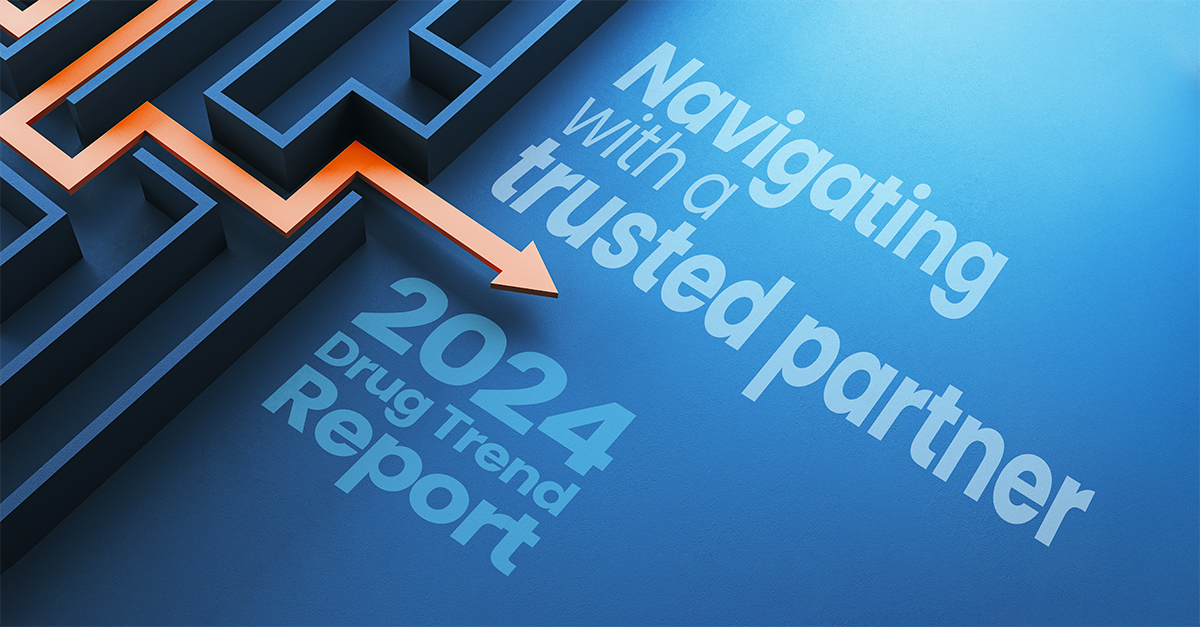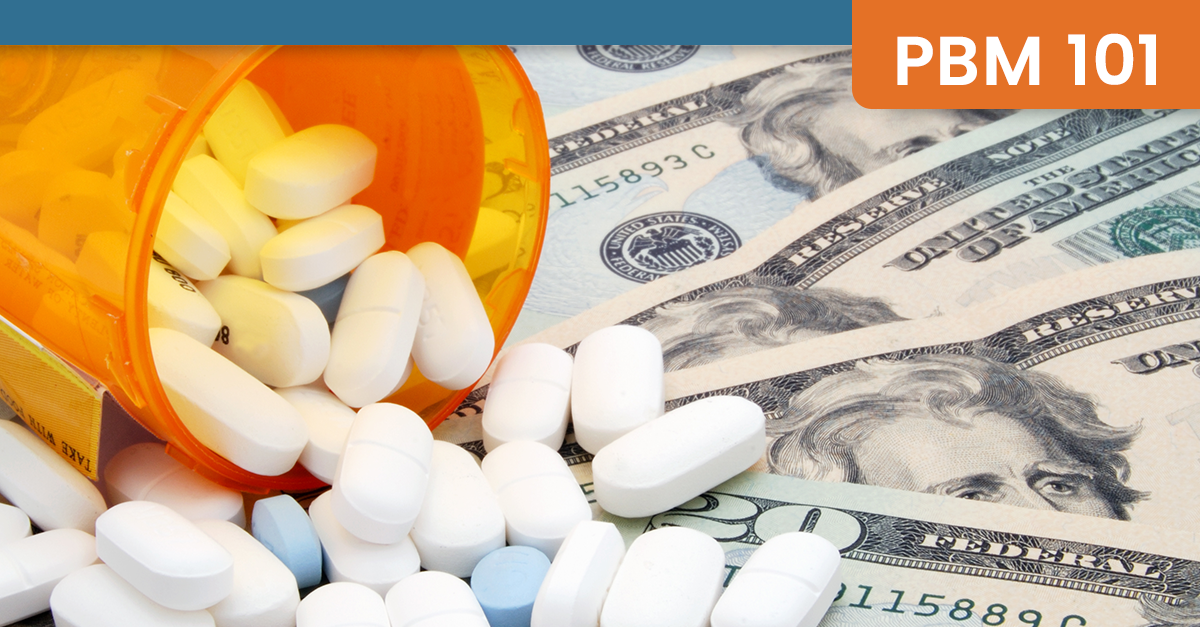COVID-19 Vaccine Distribution: What Plan Sponsors Should Communicate
As COVID-19 vaccine distribution ramps up, Brent Eberle, Navitus’ Chief Pharmacy Officer, discusses what plan sponsors should communicate to their members to ensure a smooth, effective and coordinated effort.
The scale, scope and speed of the COVID-19 vaccine initiative in the U.S. is unprecedented. With Pfizer and Moderna’s two-dose vaccines already being distributed and Johnson & Johnson’s single-dose vaccine receiving its emergency use authorization (EUA) in late February, plan sponsors have many questions about what their members need to know when it comes to receiving the vaccine and how pharmacy benefit plans will be impacted. Whether it’s understanding administration costs or ensuring second dose compliance, plan sponsors must be prepared to provide clear and frequent communications to their members as the vaccine continues to roll out.
At Navitus, we’ve assembled a team of experienced leaders across our entire organization to ensure that when our clients and their plan members become eligible for the vaccine and choose to use their employer pharmacy benefit, we are there to ensure smooth and coordinated efforts through claims administration, oversight of the billing process, and reimbursement to pharmacy networks. Here are some key pieces of information that plan sponsors should communicate to their members:
Share your point of view on vaccine requirements
Many plan members wonder if their employer will require them to get the vaccine, so it’s important for plan sponsors to clearly communicate their organization’s point of view to members. Because the vaccines are available under EUA, most organizations are not mandating that employees receive the vaccine at this time, however, many are strongly encouraging it to ensure the safety of their employees. In fact, some organizations, in the grocery and retail sectors, for example, are providing incentives to their employees for getting the vaccine, such as a one-time payment or extra vacation time.
Additionally, the Centers for Disease Control and Prevention (CDC)’s Advisory Committee on Immunization Practices (ACIP) recommends that COVID-19 vaccinations be added to the Recommended Immunizations Schedule. Once ACIP makes the decision to add a particular COVID-19 vaccine to the recommended schedule, plan sponsors are required to add coverage for the vaccine within 15 business days. They cannot charge a co-pay to any member who has pharmacy benefit coverage. Regardless of what your organization decides when it comes to requiring or encouraging employees to get the vaccine, make sure any formal policies or recommendations are clear to your members and communicated often as new updates arise.
Explain the claims processing and fee structure
It’s important for plan sponsors and members alike to understand vaccine administration options, how claims are processed and the associated fee structure.
As the vaccines become more widely available, members will have the option to receive the vaccine through a retail pharmacy that can provide greater convenience as it may be closer to home and require a shorter wait time than other locations. Eligible members who choose to receive the vaccine through a retail pharmacy will be able to use their employer-sponsored pharmacy benefit coverage for the vaccination. While the cost of the vaccine is covered by the federal government and is 100% free for the member receiving it, plan sponsors are required to cover the administration fee for the vaccine. The pharmacy or administrator of the vaccine receives payment for administering it, and as a result, plan sponsors will see an administration or dispensing fee on their claims data. The second dose administration fee is slightly higher than the first dose fee, as it covers the time and resources the pharmacy is spending encouraging patients to make an appointment for their second dose. The Centers for Medicare and Medicaid Services (CMS) has established recommendations for what these administration fees should be:
For a 2-shot series: $16.94 for the first shot, $28.39 for the second
For 1-shot series: $28.39
Although the federal government is covering the cost of the vaccine series doses, plan sponsors should note that this is likely only for the duration of the current public health emergency. Coverage beyond this point, such as if a booster series vaccine would later be needed, has not yet been determined. Ultimately, once the public health emergency ends, there is a potential for vaccine costs to shift back on the plan sponsor.
Assure members about pharmacy safety requirements
Plan members will also ask about the safety of vaccine distribution and where they should receive it. Assure your members that those distributing the vaccine are highly informed and experienced. The Department of Health and Human Services (HHS) has set up guidelines for licensed pharmacists to administer the COVID-19 vaccines, such as having completed a practical training program of at least 20 hours, including hands-on injection technique, clinical evaluation of indications and contraindications of vaccines and the recognition and treatment of emergency reactions to vaccines.
Provide second-dose compliance reminders
Once a member meets state or local vaccine eligibility requirements, it is their responsibility to contact their pharmacy for an appointment. Plan sponsors should direct members to their local public health departments for more information on who is eligible to get the vaccine and when. Eligible members should opt to get the vaccination wherever they can. However, the CDC recommends that patients try to get the second dose from the same location they received the first one. Encourage your plan members to make an appointment for their second dose before they leave the vaccine site to increase the likelihood that they will return for that second shot.
Pharmacies and other sites of administration will help coordinate with members to ensure they get their second doses. Retail pharmacy chains have experience administering series-based vaccinations, and already utilize technologies including dose reminder cards, email reminders, text and/or their mobile apps to maximize second-dose compliance. The CDC has also developed VaxText, a free text-messaging based reminder for the second dose, and V-Safe, an after-vaccination smartphone-based tool that uses text messaging and web surveys to provide personalized health check-ins after patients receive the COVID-19 vaccine. V-Safe will also remind those who have received a two-dose vaccine when the second dose is needed.
At Navitus, our goal is to make the experience as seamless as possible for members who elect to get the vaccine through their pharmacy benefit. Together, we work with plan sponsors to ensure we have the appropriate oversight and control to prevent any billing or claims issues. With so many developments and sources of information, it is essential for plan sponsors to provide timely, accurate and well-packaged communications for their members throughout the vaccine distribution process. Do you have any questions on how your plan members may be impacted? Please reach out to us for a conversation.

written by Brent Eberle, RPh
Brent is Navitus’ Senior Vice President and Chief Pharmacy Officer where he oversees Navitus’ health strategies division, leading the strategic product development opportunities to meet the changing needs of clients and their members as well as monitoring industry trends.
Stay Informed and Connected
Receive expert insights, healthcare tips, and important updates on pharmacy benefits, drug recalls, and more—straight to your inbox.
Navigating with a trusted partner
Now Available: 9th Annual Drug Trend Report
Our Drug Trend Report provides a clear view of the trends shaping pharmacy benefits today, along with strategies that are delivering real savings without compromising care.







